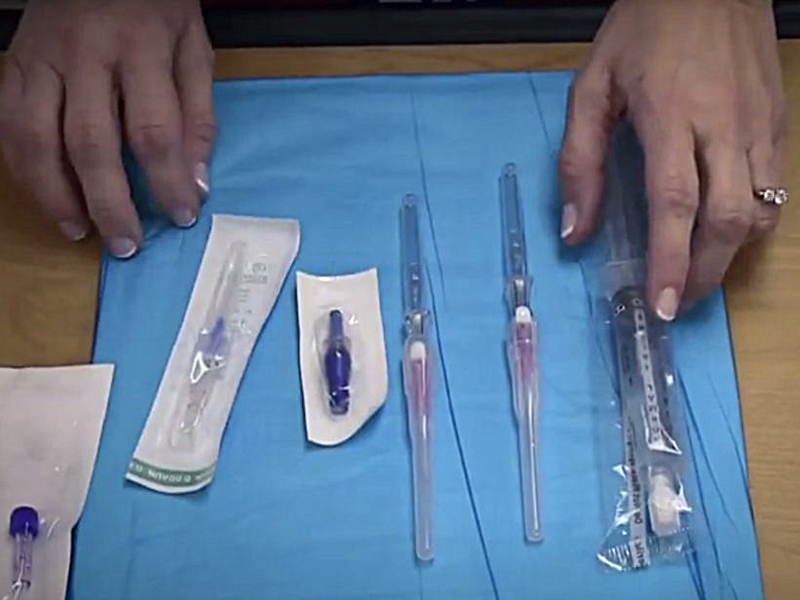The Ethics of the Sting and Burn

Some professional societies consider it as ethical when healthcare providers use words that are known to hurt and harm, but find it unethical to intentionally use words that are known to make patients feel better and produce better medical outcomes. The same logic is applied when it comes to use of placebos, e.g. medications or treatments that, based on chemical composition or physical attributes, should have no health effects but do so based on what happens in the patient’s brain in response to receiving them.
The American Medical Association demands practitioners to be “extremely thorough in obtaining consent from patients” when prescribing placebo (1). Similarly the ethics code of the General Medical Council insists on complete openness. Good news is that placebos still work even when a patient is told that a pill or treatment contains no active ingredients (2-4). Oddly, no consent is needed for using nocebos, e.g. doing or saying things that hurt patients by implanting unhelpful suggestions.
I got to think more about the ethics of this paradox when asked to write a chapter on self-hypnotic effects on pain for the upcoming Oxford Press book by Drs. Illes and Hossain, Neuroethics; Defining the Issues in Theory, Practice, and Policy. First I looked up “ethics” and found out that there are different types of ethics. Morality ethics concerns what is right or wrong and depends on belief systems and societal norms. Bioethics addresses whether a medical technology does more good than bad (beneficence vs. maleficence), and how risk and liability of various approaches compare. Professional ethics in terms of standards of care falls somewhere in between, based on prevailing values and practices. Ethical dilemmas arise when patients and caregivers have different belief systems, and what is right and helpful is in the eye of the beholder. No pun intended: a recent visit at the eye doctor may illustrate the point.
“This will sting,” said the eye doctor while placing the needle into the already anesthetized eyeball of my husband. I asked her not to say “sting.” Upon which she took the needle again and said, “This will not sting.” Apparently she didn’t know that research has shown that mentioning pain and disagreeable sensations fixate the mind on those and paradoxically produce the feeling even when preceded by “no” or “none” (5). She likely was convinced she was doing the right thing from a morality ethics and possibly a professional ethics point of view, but clearly she was off on the maleficence/beneficence principle. What if I had suggested to her to say to her patients that they “might experience a sensation of warm or cool or a delicious sense of tingling – an effective “hypnoidal” approach by inducing choice, distraction, and a short moment of surprise. She probably would not have accepted such a suggestion without prior proof of its efficacy, and even then may have rejected it if she didn’t come to believe in it despite the evidence. Since such a sentence also would be an intentional placebo statement, would it require a serious consent? I also sometimes wonder from a morality point of view what the considerations should be when someone commits an action he or she believes is “right” even in face of the obvious and scientific proof to the contrary.
The American Society of Clinical Hypnosis (ASCH) still vehemently opposes “lay” hypnosis. According to this, presumably only mental healthcare professionals, social workers, doctors, or master’s degree nurses should be allowed to be trained even in basic skills that could help their patients through everyday procedures. According to ASCH, frontline providers of medical care such as nurses, medical technologists, and first responders who deal on a daily basis with highly distressed patients are considered “lay{} people and not only should not be allowed to be trained, but anyone who would train them would be charged with unethical behavior and expelled from ASCH.
I have worked hard over the past 10 years to effect changes in the bylaws of The Society of Clinical and Experimental Hypnosis and International Society of ClinicalHypnosis to be more open and accept the reality that frontline providers such as bachelor level nurses are ideal candidates to learn and be taught such techniques. In this ongoing debate, a misguided argument of ethics is used by ASCH to prevent approaches that would provide better outcomes to patients in an effort to preserve trade superiority masquerading as professional ethics.
We made our decision at Comfort Talk® and proceed with training of frontline personnel in suggestive and hypnoidal techniques, based on the moral underpinning that pain and stress in medicine is not helpful and that the evidence supports the outcome. You can have a look at some free samples of training content yourself to see what your ethical assessment is:
Download a FREE CHAPTER of our book “Patient Sedation Without Medication”
Visit a FREE sample of our ONLINE COURSES
References
- American Medical Association. Opinion 2.075 – The use of placebo controls in clinical trials. http://www.ama-assn.org/ama/pub/physician-resources/medical-ethics/code-medical-ethics/opinion2075.page? Published 1997. Accessed 03/08.
- Kaptchuk TJ, Friedlander E, Kelley JM, et al. Placebos without deception: a randomized controlled trial in irritable bowel syndrome. PLoS One 2010;5:e15591.
- Schafer SM, Colloca L, Wager TD. Conditioned placebo analgesia persists when subjects know they are receiving a placebo. J Pain 2015;16:412-20.
- Kam-Hansen S, Jakubowski M, Kelley JM, et al. Altered placebo and drug labeling changes the outcome of episodic migraine attacks. Sci Transl Med 2014;6:218ra5.
- Lang EV, Hatsiopoulou O, Koch T, et al. Can words hurt? Patient-provider interactions during invasive procedures. Pain 2005;114:303-9.
